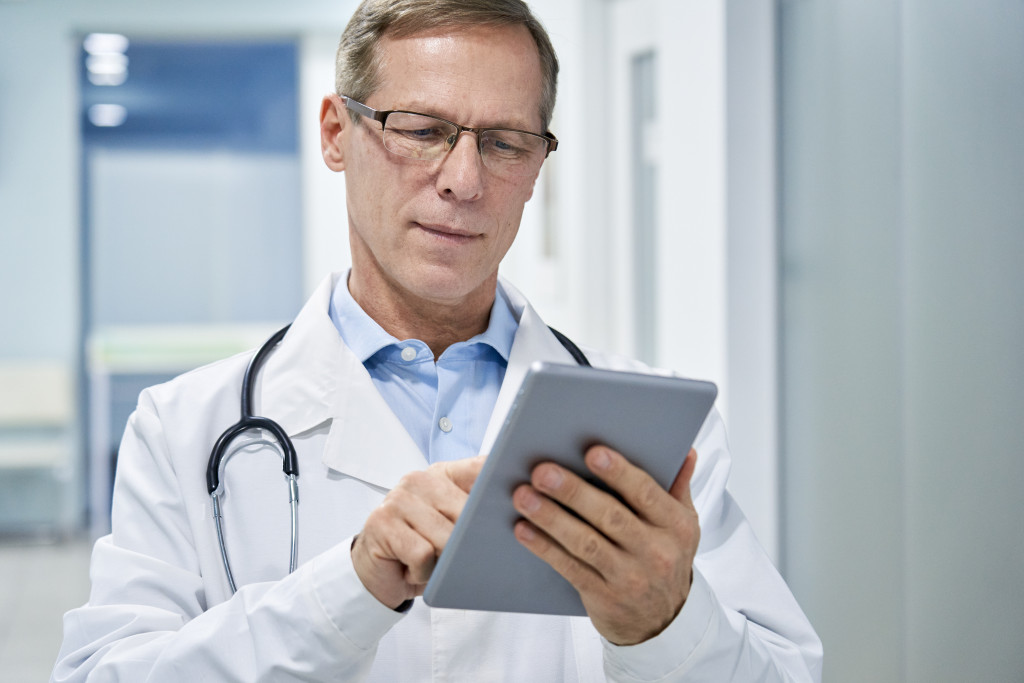- Healthcare facilities are increasingly adopting advanced technologies to ensure a safe and healthy environment for patients and staff.
- Patient safety is a top priority, with increased patient satisfaction, reduced medical errors, and decreased healthcare costs all critical considerations.
- Technologies used in healthcare include air purification systems, robotic sterilization, remote monitoring, and many more.
- These technologies provide improved hygiene and better protection against infectious diseases.
In today’s world, healthcare facilities are more critical than ever. With the Covid-19 pandemic still active, hospitals, clinics, and other health facilities are working tirelessly to keep everyone safe, healthy, and infection-free. To achieve this objective, medical facilities worldwide are increasingly adopting advanced technologies that make it easier to maintain a safe and healthy environment for patients and staff.
This blog post will explore various advanced healthcare technologies transforming how we manage medical facilities. From air purification systems to advanced sterilization techniques, we will discuss how these technologies are helping healthcare facilities better safeguard the people they serve.
The Importance of a Safe Healthcare Facility
In the healthcare industry, patient safety is always a top priority. Not only is it ethically crucial, but it also has a significant impact on the healthcare facility’s bottom line. There are many reasons why a safe healthcare facility is vital, including increased patient satisfaction, reduced medical errors, and decreased healthcare costs.
Patient satisfaction is one of the most fundamental aspects of healthcare. Patients who come to healthcare facilities expect to receive high-quality care and treatment. When a healthcare facility provides a safe environment, it significantly increases patient satisfaction. Patients feel more comfortable and secure, knowing they receive care from a facility with a good safety record.
Regulatory Compliance
Regulatory compliance is essential in the healthcare industry, with strict safety guidelines enforced. A healthcare facility in compliance with these guidelines considerably reduces the chances of negative reviews, citations, and legal actions. Ensuring your healthcare facility’s safe environment is essential in regulatory compliance and potential litigation prevention.
Technologies Used in Healthcare
The healthcare industry is always searching for better ways to protect patients and create a safe environment. Here are some of the most widely used technologies that help medical facilities achieve this goal:
Air Purification Systems

Poor air quality inside a medical facility can significantly compromise the atmosphere, especially in enclosed spaces where many people gather. That’s why advanced air purification systems have become popular in healthcare facilities. These systems help to eliminate viruses, bacteria, and other airborne contaminants that can be dangerous to patients and staff.
Many hospitals use manual UV disinfection systems to thoroughly clean and sanitize the air in the facility. This system uses ultraviolet light to purify the air, eliminating any airborne contaminants that may be present.
Robotic Sterilization
Manual cleaning and sterilization of medical equipment and facilities can be difficult, time-consuming, and costly. Robotic sterilization, on the other hand, can save time and resources, reduce the risk of human error, and improve the sterilization process’s efficiency. These robots use powerful ultraviolet lights to sterilize surfaces, reducing the risk of infection and providing peace of mind for staff, patients, and caregivers.
Remote Monitoring
Remote monitoring technology allows healthcare providers to monitor patients from afar, reducing the need for in-person consultations, appointments, and care. This technology is beneficial during a pandemic when social distancing is essential to prevent viral spread.
Remote monitoring systems can track vital signs, medication schedules, and other important health data, alerting medical staff when intervention is needed and helping to provide more efficient and effective care.
Automated Hand Hygiene Monitoring
Hand hygiene is essential in maintaining a healthy and safe healthcare facility. Automated hand hygiene monitoring systems are designed to increase hand hygiene compliance, reducing the risks of infectious transmission between medical personnel and patients.
These systems use sensors to detect hand hygiene behaviors and provide immediate feedback on hygiene performance, promoting a culture of hygiene awareness and accountability.
Artificial Intelligence

Artificial intelligence (AI) applications can help medical facilities better handle large volumes of health data and support faster diagnosis, improved decision-making, and better treatment outcomes.
For example, AI-powered predictive analytics can identify patients at risk of developing certain illnesses, enabling early intervention and more effective treatment. Chatbots and virtual assistants can help answer common health questions, reducing the burden on staff and providing access to essential healthcare information for patients.
Final Thoughts
In conclusion, advanced healthcare technologies offer exciting benefits for healthcare facilities, including improved hygiene, better protection against infectious diseases, more efficient operations, and better patient health outcomes. By embracing these technologies, medical facilities can stay ahead of emerging health challenges, providing safer, healthier, and more effective patient care.
